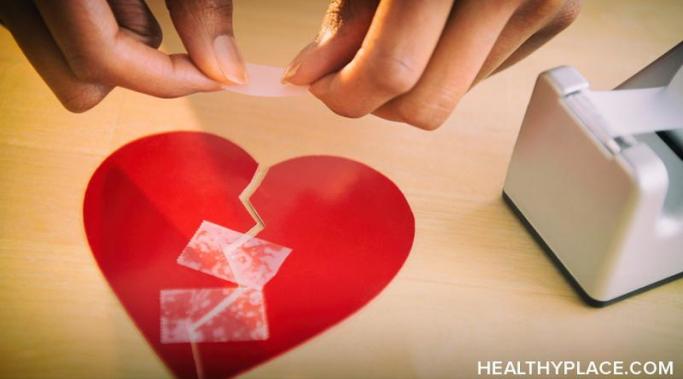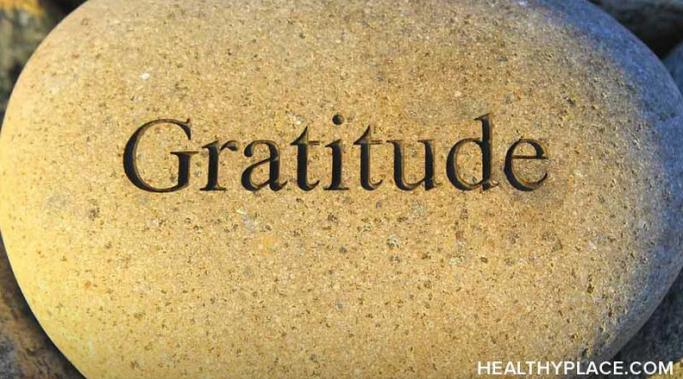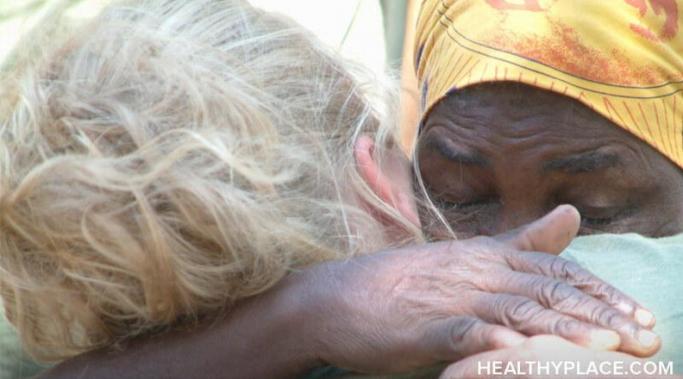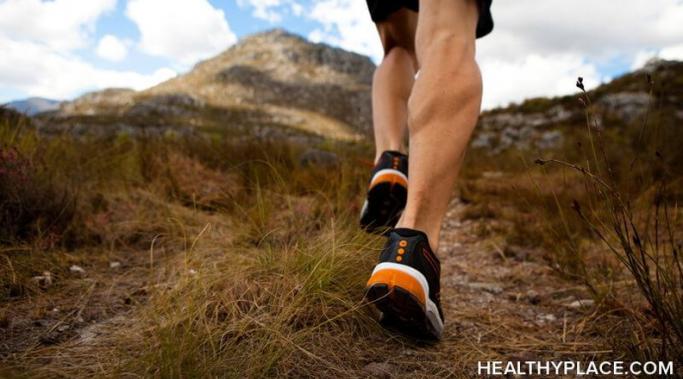After trauma, there's a need for life to feel safe and in control. Sometimes, we put in place really good and healthy habits that help the transition from trauma to life afterward. Other times, it's easy to slip into habits, cycles and patterns that are very destructive. For example, co-dependence. When you put this type of behavior together with posttraumatic stress disorder (PTSD) you can increase the time it takes to heal tenfold.
Anxiety – Trauma PTSD Blog
About five years ago, my friend Tuck married a woman with posttraumatic stress disorder (PTSD). Prior to the wedding Jane (not her real name) worked on her recovery just enough to stop her nightmares and flashbacks. With those big problems eliminated, Jane decided she didn’t want to continue with PTSD recovery work even though significant issues still remained. Tuck, wanting to respect Jane’s decision, didn’t press the matter. Instead, he set up a lifestyle that expected, accepted and supported Jane’s symptoms.
A few weeks ago I wrote about how to stop PTSD anxiety, flashbacks and panic from the perspective of putting mindfulness and intention into action. My colleague, Megan Ross (Trauma Therapy Coordinator at Timberline Knolls) and I had a whole conversation about this and I wanted to share her insights with you.
But there was a cliffhanger: Once you understand PTSD symptoms and how mindfulness can help change your physiological experience, the question arises, "What do I do now?" Specifically, what can you do to interrupt or stop flashbacks?
Megan Ross and I talked about this too. See what you think about the tips that we covered.
For a long time after my trauma I felt sucked into the darkness and despair of grief, loss, fear, anxiety and the frustration of the same question I repeatedly asked myself,
"Who am I now?"
It seemed that trauma and PTSD symptoms had branded me for life and there was no way to:
go back to who I'd been before (I was right about that)
go forward and become someone new (I was wrong about that)
What do we do when we get stuck in that place??
Previously, I proposed that thankfulness can be an antidote to the anxiety (fear) that results from living with trauma memory (In the Midst of Trauma, Why Thankfulness Matters). Whereas anxiety, when examined, is a response to an anticipated loss (of safety, of something of value, or opportunity, etc.), thankfulness is a response to the realization of gain. It is, indeed, a perfect antidote. Remarkably, few people think of it that way. You now have a way to become an exceptional person, to stand out from the crowd: realize the value of gratitude, and act to bring it into your mind. Read on for a list of ways you can bring thankfulness and gratitude into your life.
In my previous video about walking meditation, I spoke a little about meditation in general, pointing out that not all meditation is done while sitting. One can also meditate while walking, and even perform a water walking meditation (not what you may think). In some ways, this is quite possibly the best way to meditate. Walking meditation can be seen as a kind of bridge between classic sit-still meditation and the ordinary activities of our lives.
Active trauma memory - a memory that gets triggered, is intrusive, and is invariably painful - will disturb your state of mind, your focus, your ability to be productive, and any sense of hope for the future you may still possess. Put simply, it alters your present perspective on life, and never for the better. Pushing back against such an assault well may seem impossible, but that does not have to be the case. One management tactic of proven value that almost anyone can use is the practice of cultivating a sense of gratitude.
We perform mindfulness meditation to notice, to be right up against, the mystery of What Happens Next. The more you observe, the more the mystery will grow. If you'll but notice, this mystery will play with you.
Effective psychotherapy requires a substantial degree of trust, which can only occur when the client-therapist relationship feels sufficiently safe to both parties. With victims of psychological trauma, achieving this sense of safety and trust can be a truly difficult barrier to productive therapeutic work. Let's look at some of the reasons for this. But, first - why do this? Because it is all but impossible to solve a problem you don't understand, and this problem must be solved. That this is possible is verified by the thousands of people who have actually done it, each in their own manner, but all in the same general sorts of ways. It is important to see a path to the mountain top, if that is where you wish to be. Let's look at how and why that path can be hard to find.
Stress resilience is the ability to retain your sense of self and the form of your life in spite of being impacted by perceived threatening forces. All of us need adequate stress resilience and do well to cultivate this property in ourselves. You can do this before you recover from PTSD, and you certainly should after recovery. There are a number of fairly ordinary things you can do to increase your stress resilience, but to get the posttraumatic growth, you must actually do these things!









